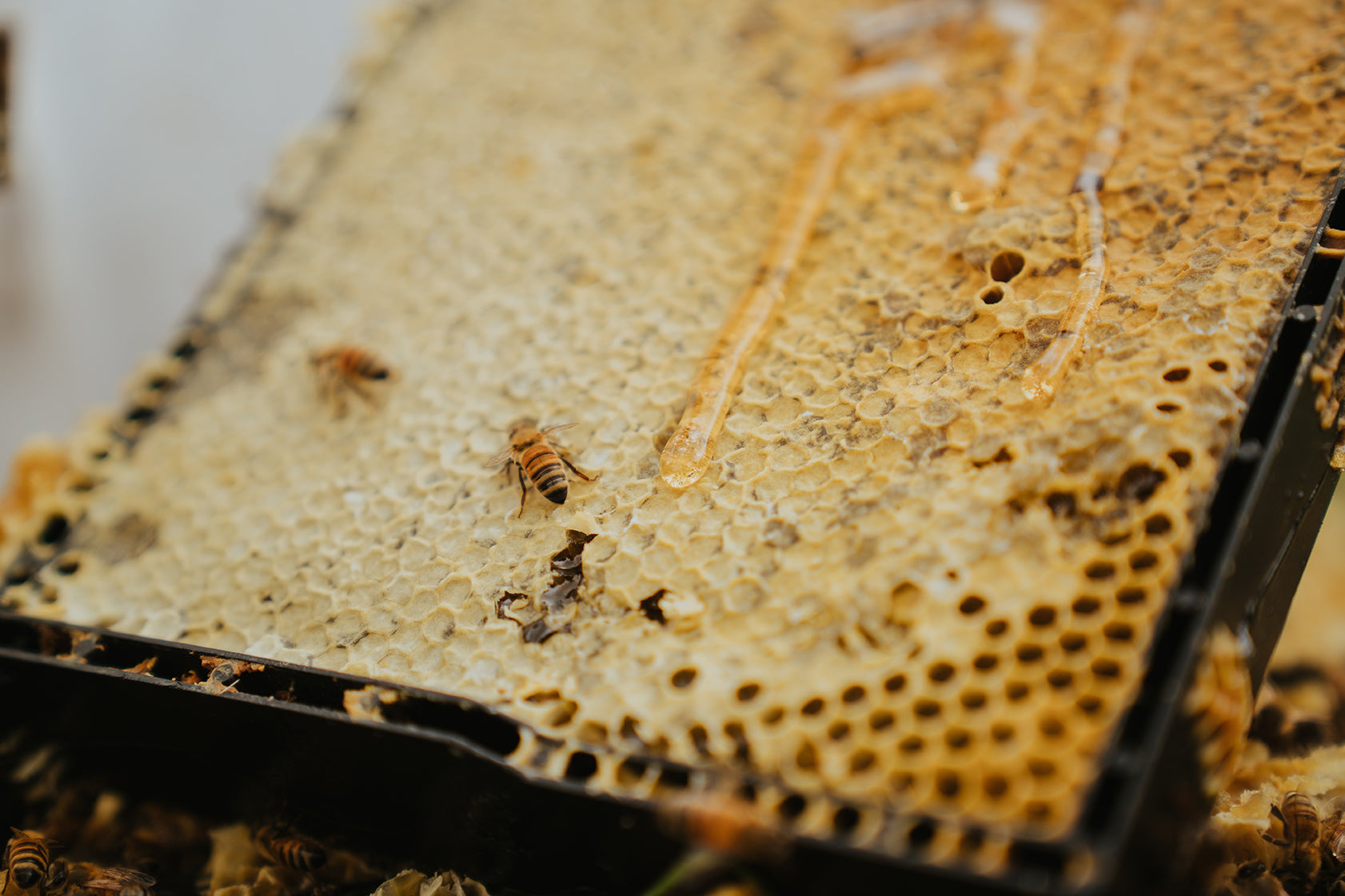As a horse owner, you know that wounds are a common part of life with these large, active animals. Whether from a pasture injury, a grooming mishap, or rough play, proper wound care is essential to prevent infection and promote healing. Here’s a general guide on how to care for your horse’s wounds:
1. Assess the Wound:
- Minor wounds: Small cuts, abrasions, or scratches can often be treated at home with proper care.
- Major wounds: If the wound is large, deep, gaping, contaminated, or involves significant bleeding, seek veterinary attention immediately.
- Signs of infection: Watch for increased redness, warmth, swelling, or discharge, as well as a foul odor. These are signs that the wound may be infected and requires professional treatment.
2. Control Bleeding:
- For small cuts, apply gentle pressure with a clean, absorbent cloth or sterile gauze to stop the bleeding.
- For larger wounds, use a clean bandage to apply steady pressure. If the bleeding continues for more than 10-15 minutes despite pressure, or if blood spurts from the wound, contact your vet immediately.
- Use a pressure bandage: If necessary, wrap the wound with a sterile dressing and a cohesive bandage, ensuring it’s not too tight. This helps control bleeding and protects the wound from dirt and debris.
3. Clean the Wound:
- Flush the wound with a mild antiseptic solution, such as saline or a veterinary-approved wound cleanser, to remove dirt and debris. Avoid using harsh antiseptics like hydrogen peroxide or alcohol, as these can damage healthy tissue and delay healing.
- Be gentle and avoid irritating the wound further. If the horse is sensitive or difficult to handle, consider having a helper assist in holding the horse steady.
4. Treat the Wound:
- Many wounds can be treated effectively with a topical antimicrobial product. Make sure you use a product that is proven and endorsed by veterinarians to ensure it is safe and effective. Some natural products, such as medical grade Mānuka honey, are a safe, non-antibiotic solution that will yield extremely good results.
- Larger, and more complicated wounds, which may require specialist treatment such as stitching or debriding, should be referred to your veterinarian.
5. Apply a Dressing:
- Cover the wound with a sterile dressing if necessary. For larger wounds or those at risk of contamination, a bandage may help prevent dirt and bacteria from entering.
- Change the dressing regularly, particularly if it becomes wet or dirty. When changing the bandage, inspect the wound for signs of infection, such as unusual swelling, discharge, or warmth.
6. Prevent Licking or Chewing:
- Horses don’t typically lick their wounds, but they may rub or scratch them on fences, stalls, or other objects. Monitor your horse closely to ensure they don’t aggravate the injury.
- If needed, consider using a protective wrap or a fly mask if the wound is on the head or neck.
7. Monitor for Infection:
- Regularly check the wound for any changes. Early signs of infection can include increased redness, swelling, warmth, and discharge.
- If the wound doesn’t show signs of healing after a few days or if it worsens, consult your veterinarian.
- Pus or thick discharge can indicate infection, which may require antibiotics or other treatments from your vet.
8. Pain and Swelling Management:
- If your horse seems to be in pain, or if swelling persists, you can consult with your vet about appropriate pain relief or anti-inflammatory medication.
- Cold therapy, such as applying cold compresses or ice packs (for limited periods), can help reduce swelling, especially for injuries to the legs.
9. Veterinary Care:
- Always seek professional veterinary help if you are unsure about the severity of the wound or if complications arise. Your vet may recommend stitches, drainage, or other advanced care methods, especially for large or deep wounds.
- Tetanus: Horses are at risk of tetanus from puncture wounds, so it’s important to ensure your horse is up to date on their tetanus vaccination. If the wound is caused by a dirty object, consult your vet about a possible tetanus booster.
Wound care is an essential skill for every horse owner, but when in doubt, don’t hesitate to consult your vet. Proper care not only helps your horse heal faster but also minimizes the risk of complications. With the right attention and prompt treatment, most wounds will heal well, allowing your horse to get back to their usual activities.


